Affiliate links on Android Authority may earn us a commission. Learn more.
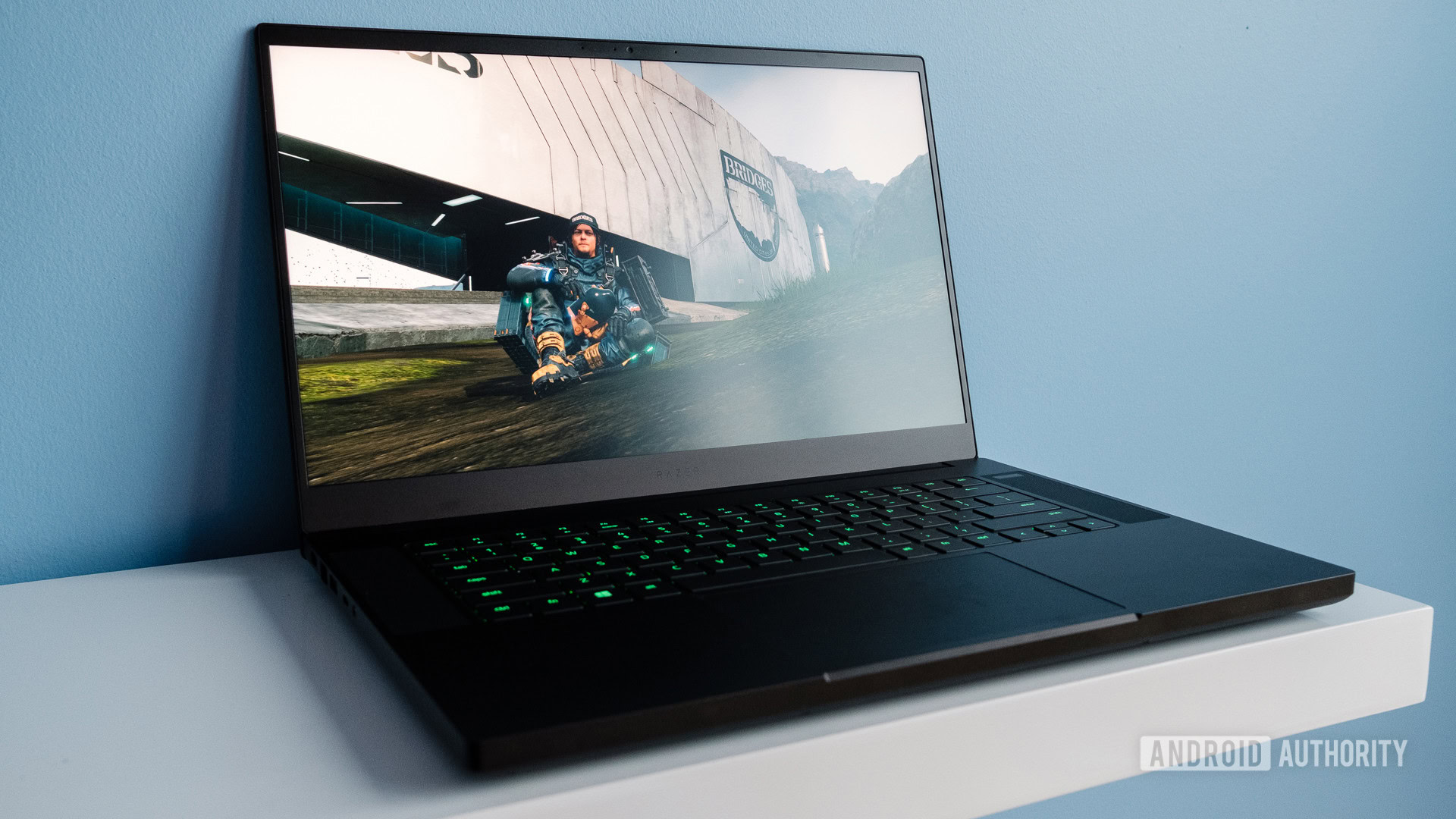
Razer Blade 15 review: RTX, right here, right now
April 11, 2021
Razer Blade 15
What we like
What we don't like
Razer Blade 15
Once known only for its peripherals, in recent years Razer has built a reputation for making some of the best gaming laptops you can buy. And if there’s one model that has helped secure the company’s position in the market, it’s the Razer Blade 15. In 2021, Razer has furnished the laptop with new display options and NVIDIA’s latest RTX GPUs. Does that make for an even better gaming laptop? Let’s find out. This is the Android Authority Razer Blade 15 (2021) review.
What you need to know about the Razer Blade 15 (2021)
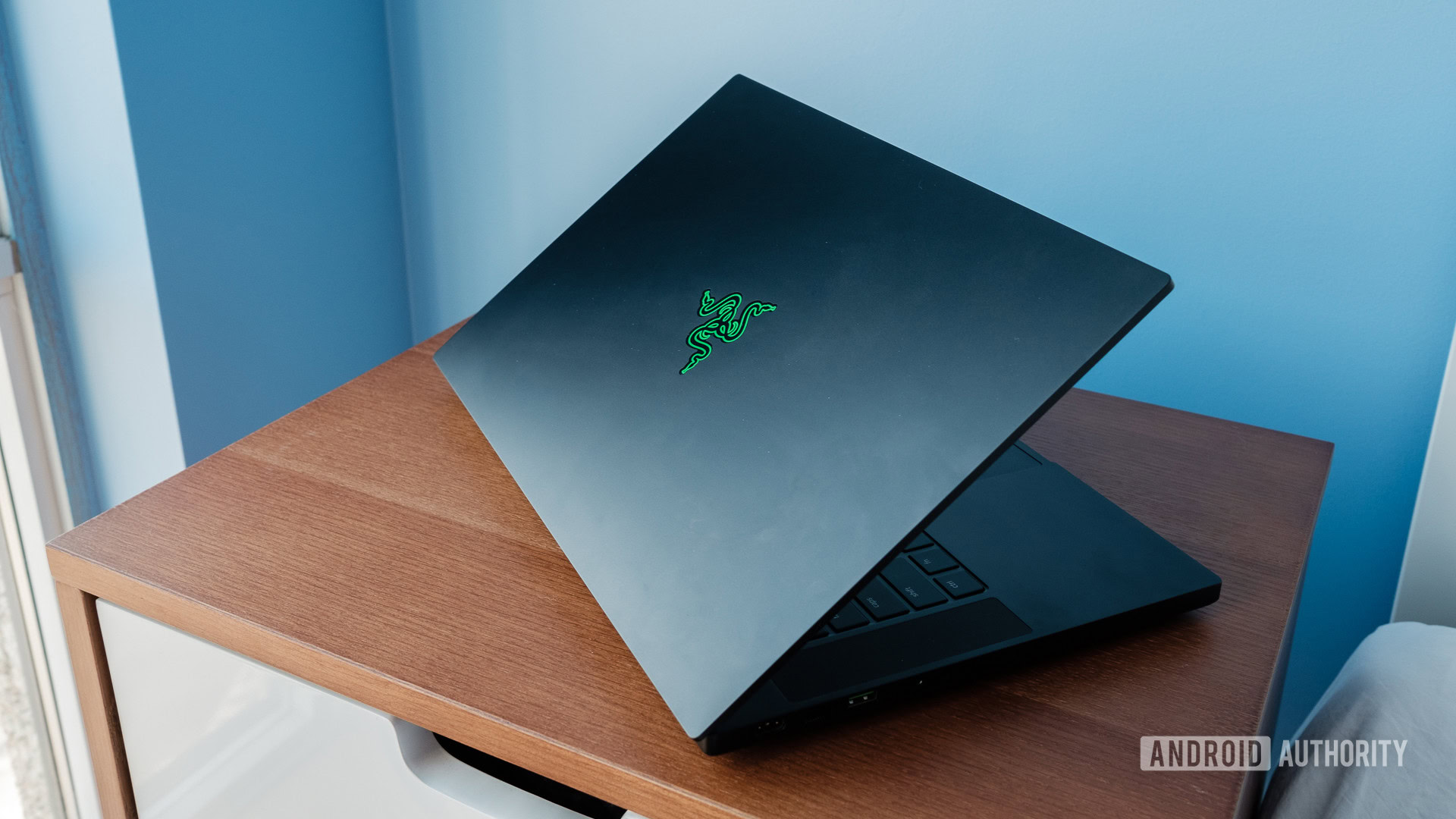
- Razer Blade 15 Base (2021): Prices starting from $1,699/£1,599/€1,799
- Razer Blade 15 Advanced (2021): Prices starting from $2,499/£2,349/€2,599
The Blade 15 is the latest version of Razer’s no-compromise gaming laptop. The company didn’t make many tweaks to the 2021 lineup, but the ones it did are significant. Intel’s 10th-gen Comet Lake processors are still the standard across the lineup, but now they’re paired with NVIDIA’s RTX 3000 series GPUs on everything but the entry-level Base model, which comes with a GTX 1660 Ti.
Razer has also added new display options into the mix. With the Base model, you can either go with a 144Hz Full HD panel or a 165Hz QHD screen with 100% sRGB coverage. On the Advanced model, meanwhile, your options are between a 360Hz Full HD panel, 240Hz QHD panel with G-Sync, or 4K OLED if you want a computer for creative work. It’s also possible to configure that version of the Blade 15 with an RTX 3080 GPU where the Base model is limited to the RTX 3070 at its top end.
Also new this year is the inclusion of an HDMI 2.1 port across the lineup. That allows the Blade 15 to output a 4K signal at up to 120 frames per second to a compatible TV. I wasn’t able to test that feature, but with a growing number of games supporting NVIDIA’s DLSS technology (more on that in a moment), you can essentially use the Blade 15 as a stand-in for a PS5 or Xbox Series X. Another welcome change is that you can easily access the RAM modules on all the current models. This year, Razer has also included a second M.2 slot to make adding additional storage easier.
Outside of their internals, the Base and Advanced models mainly differ in terms of connectivity. You won’t find an SD card slot on the Base model. So if your work involves importing a lot of photos and videos, you’ll want to look to the Advanced models instead. That version of the Blade 15 also comes with a Windows Hello-compatible web camera, as well as support for Wi-Fi 6e and Bluetooth 5.2. All of those are unavailable on the Base variants, but you do get a Gigabit Ethernet connection for what it’s worth.
In the US, the RTX 3070/QHD variant of the Blade 15 Base that I tested for this review sells for $2,199.99. The Advanced models start at $2,499.99, with the top-of-the-line RTX 3080 and 4K OLED variant priced at $3,299.99.
What’s gaming performance like?
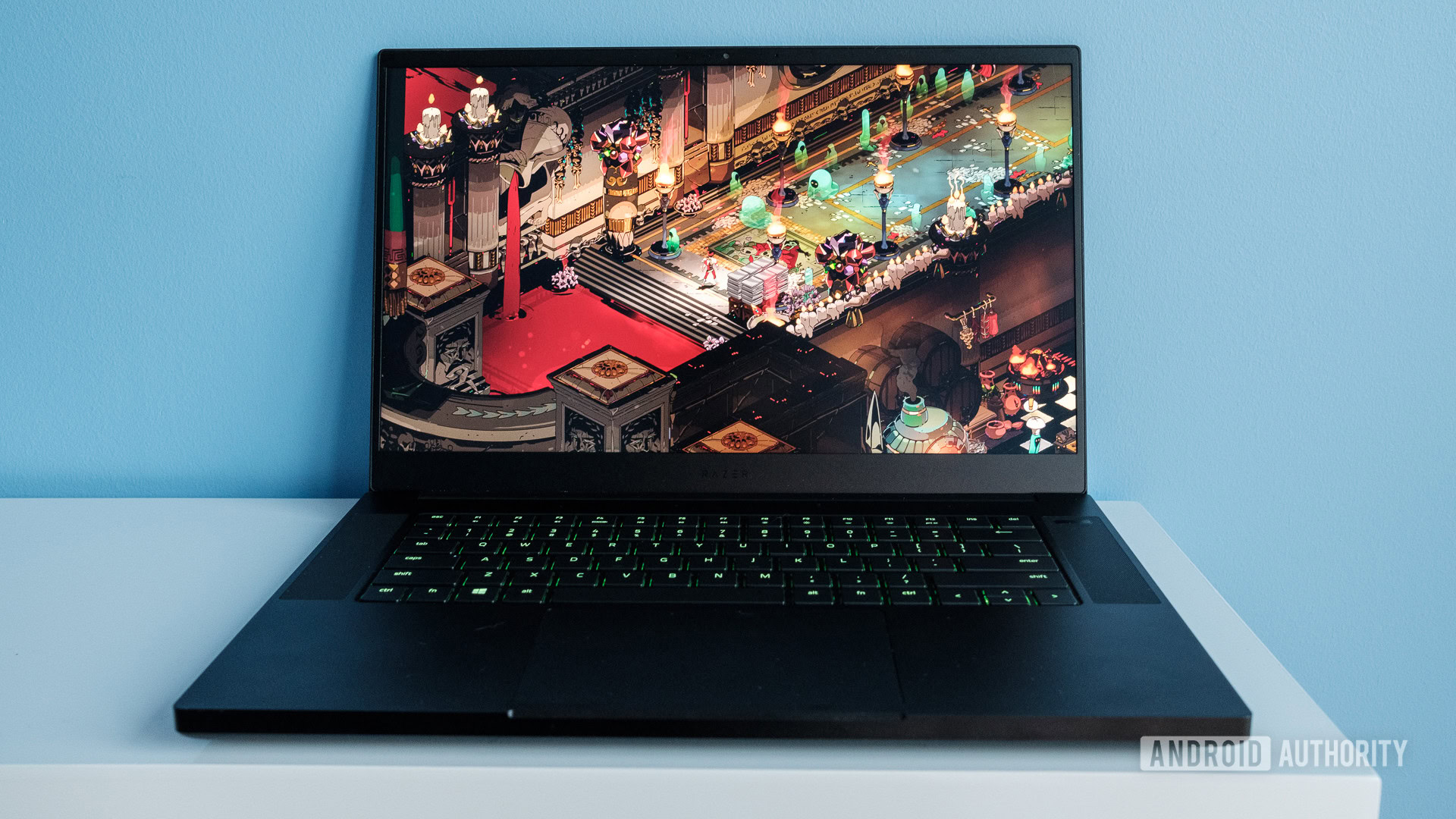
If you’re reading this review, it’s because you want to know how the Blade 15 handles games. In short, it’s a powerhouse. I tested it against Control, Death Stranding, Doom Eternal, Overwatch, and Red Dead Redemption 2. Between those, there wasn’t a game it couldn’t handle. But as someone who hadn’t had the chance to try one of NVIDIA’s RTX GPUs previously, what stood out about the RTX 3070 was how it handled ray-tracing performance for advanced lighting and reflections. In Control, I got a playable 30-35fps with the rendering mode enabled and everything else set to max. After turning on DLSS, I was able to get a consistent 60fps.
DLSS makes the Blade 15 a better purchase than your average gaming PC.
If you’re not familiar with DLSS or Deep Learning Super Sampling, it’s an image reconstruction technique developed by NVIDIA that takes advantage of the AI processing capabilities of its Ampere and previous generation Turning GPUs to improve performance. In a game that supports DLSS, an RTX GPU will render it a lower internal resolution than your display and then upscale the image. Initially, everything will look blurry, but once DLSS kicks in, it’s hard to tell the difference.
Here’s the thing about DLSS, I think it’s a feature that will give laptops with RTX GPUs like the Blade 15 a longer lifespan than they would have without it. As more games support DLSS, it’ll be something you’ll be able to turn on to get a more consistent frame rate. In my mind, that makes the Blade 15 a better purchase than your average gaming PC.
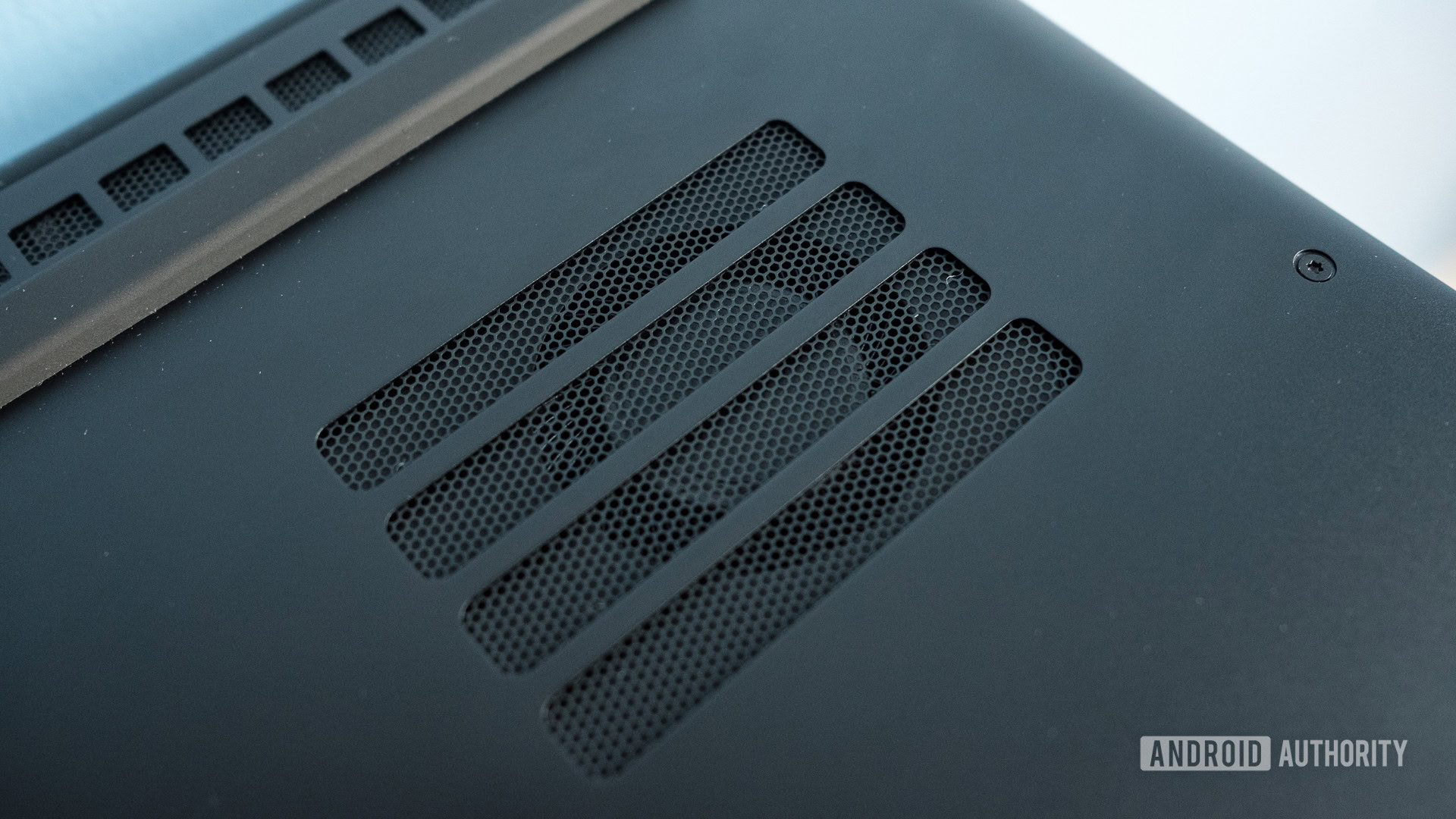
In the meantime, you won’t have trouble playing any recent games. In Death Stranding, I was able to get a consistent 80-90fps at the Blade’s native QHD resolution and with all the settings maxed out. In Red Dead Redemption 2, the in-game benchmark tool came back with an average FPS of 67, a max of 101, and a minimum of 33. Meanwhile, in competitive titles like Overwatch, the Blade 15 easily put up the 165fps needed to take full advantage of the refresh rate of its display. The same was true of Doom Eternal.
One thing I’ll mention is that anytime the dedicated GPU is active, you’ll hear the Blade 15’s two main fans spin up, even if it’s only idling. They do an admirable job of keeping the computer cool — as long as you have it on an appropriate surface. After playing Death Stranding for a couple of hours, I could comfortably touch the keyboard and area around the hinge. But with a pair of open-back headphones, it was possible to hear the fans in the background. Another issue is that the base model I tested only came with 512GB of internal storage. That meant I quickly had to start juggling installs to test all the games on the list above.
What’s it’s like to use the Blade 15 for everything else?
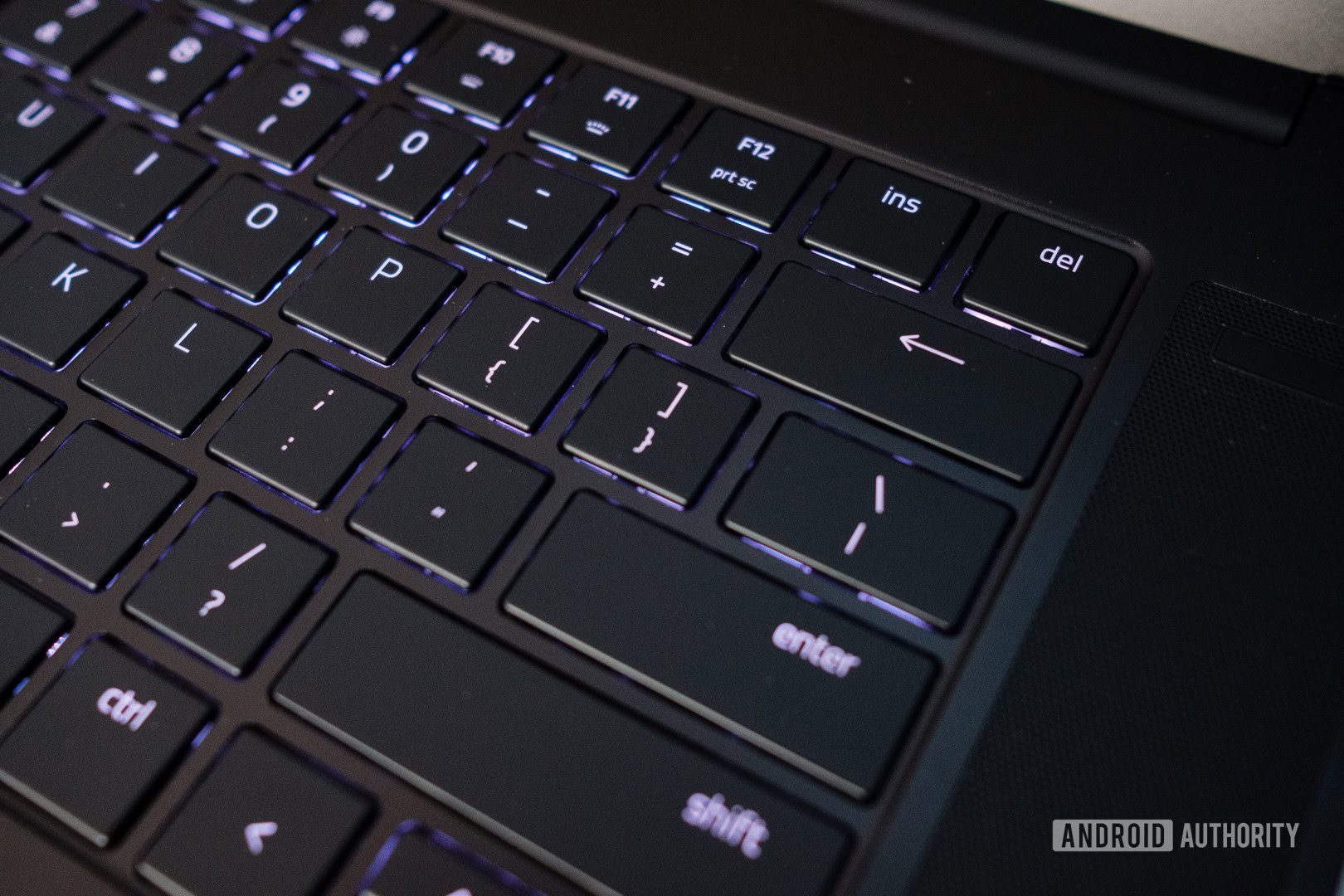
Going into this review, I knew the Blade 15 would be great for gaming, but what surprised me was that I ended up using it for work as well. Usually, I find 16:9 displays on laptops aren’t great for productivity-related tasks, but the Blade 15’s screen felt more usable than most, thanks to its QHD resolution.
Moreover, the keyboard and trackpad were among the best I’ve used on a Windows laptop. Add to that the Blade 15’s fast processor and ample amount of RAM, and you have a computer that can easily handle apps like Photoshop and Resolve. All of that to say, if you’re considering the Blade 15, don’t treat it as just a gaming laptop. It’s capable of being far more than that.
So might complain Razer hasn’t updated the design of the Blade 15 to make it thinner and lighter. I think it’s still perfectly functional, though I do wish the company had done something about the exterior and its tendency to smudge.
Value and competition


Here’s the thing about the Blade 15, it’s not portable in the way almost any other laptop you can buy. Sure, you can put it in your backpack — if it’s big enough. But unless you plan to integrate it into your weight lifting routine, I wouldn’t recommend it. The power brick — and, yes, it is a brick — weighs more than 600g alone and makes use of a proprietary connection, so you can’t leave it at home unless you upgrade to the Advanced model, which includes support for 20V USB-C charging.
Before you factor in anything else, you’re looking at carrying about six pounds of computer around. And while it’s possible to get as much as six hours of uptime out of the 65WHr battery, in my testing, that number is closer to two hours if you use the dedicated GPU. All of that makes the Blade 15 more of a stay-at-home computer than something you’ll want to with you on a trip somewhere. Besides, there are laptops like the ASUS ROG Zephyrus G15 and Razer’s own Blade Stealth 13 that offer a better balance of portability and power.
So if the Blade 15 isn’t for traveling, who is it for then? I think it makes the most sense for people who want the best possible gaming experience but don’t have space in their home to dedicate to a desktop PC. Something I appreciated in my time with the Blade 15 was that I could put it away out of sight when I wasn’t using it and I didn’t need to dedicate part of my desk to it at all times.
Specs
| Razer Blade 15 (2021) | |
|---|---|
Display | 15.6-inch LCD 1,920 x 1,080 resolution 16:9 aspect ratio 120Hz refresh rate 1,920 x 1,080 LCD 100% sRGB coverage 144Hz refresh rate 2,560 x 1,440 165Hz refresh rate |
CPU | 10th Gen Intel Core i7-10750H - 6 cores / 12 threads @ 5.0GHz Turbo 10th Gen Intel Core i7-10875H - 8 cores / 16 threads @ 5.1GHz Turbo |
GPU | NVIDIA GTX 1660 Ti (upgradeable to RTX 3060 or RTX 3070) |
RAM | 16GB DDR4-2933MHz RAM (user upgradeable up to 64GB) |
Storage | 256GB, 512GB or 1TB NVMe SSD (open slot for a second M.2 drive) |
Battery | 65Wh Lithium Polymer |
Charging | 230W via proprietary charging port |
Camera | 720p HD |
Connectivity | Bluetooth 5.1 WiFi 802.11a/b/g/n/ac/ax |
Biometrics | N/A |
Ports | 1x USB-C Thunderbolt 3 3x USB-A 3.2 Gen 2 1x USB-C 3.2 Gen 2 1x Gigabit Ethernet 1x HDMI 2.1 (4K 120Hz) 3.5mm headphone jack |
Dimensions and weight | 19.9mm × 235mm × 355mm 2.09kg |
Colors | Black |
Razer Blade 15 review: The verdict

There’s a lot to like about the Blade 15, but if you’re thinking about buying one, there’s a good chance you’re also considering a desktop PC. With one you build yourself, you can pick the components that make the most sense for your budget and upgrade them one by one as needed. To Razer’s credit, the Blade 15 allows for some upgradeability after you buy it. As I mentioned above, you can add an extra NVMe SSD and upgrade the RAM, but critically swapping out the GPU is not an option. The Blade 15 fits such a specific category of consumer that, unless you fall into that niche, I think it makes sense to consider other options first.
At least that’s the advice I would give someone if 2021 were a normal year and it was actually possible to buy the latest GPUs from AMD and NVIDIA. As someone sitting on a nearly six-year-old desktop with an i5 6600K and GTX 1060, the Blade 15 is tempting. I’ve repeatedly tried to buy the Ryzen 5 5600x and RTX 3060 Ti for a new system I want to build and have failed every time. And I’m not the only one. Between chip shortages and unprecedented demand, those components won’t be easy to come by anytime soon. But if you go to Razer’s website, you can buy the Blade 15, in all of its different variations, right now. I think that’s something that makes the Blade 15 compelling in the current market. Yes, there are gaming laptops like the Zephyrus G15 that edge it out in design and processor performance, but those too are difficult to find at online retailers. If you’re in the market for a gaming laptop, I don’t think you can go wrong with the Blade 15.
Thank you for being part of our community. Read our Comment Policy before posting.